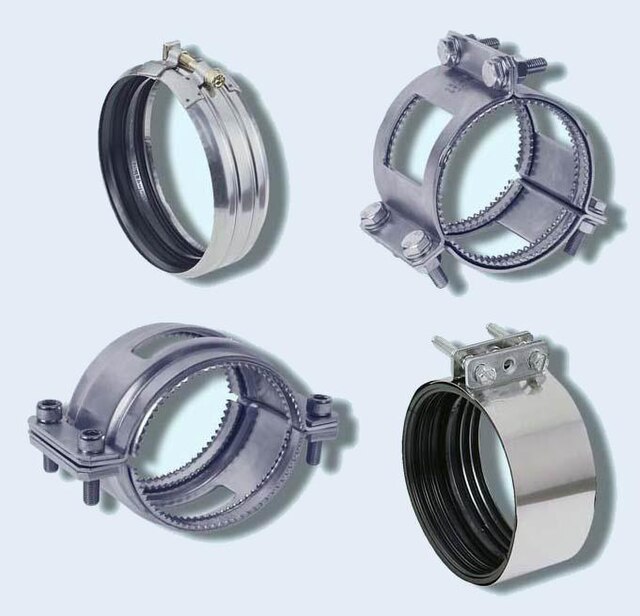
Releases Comprehensive Hose Clamp Tightening Torque Guide
Anhui KSeal International Fastener Technology Co., Ltd, a leading manufacturer of industrial hose clamping solutions, today announced the publication of its authoritative technical guide: Hose Clamp Tightening Torque: Principles, Calculations & Best Practices. This resource addresses a critical yet often overlooked factor in fluid system integrity – precise torque application.
Why Torque Precision Matters
Under-torquing leads to leakage, vibration-induced loosening, and premature system failure. Over-torquing risks clamp band deformation, hose damage (cutting, compression set), and compromised sealing surfaces. The guide establishes torque optimization as fundamental to:
-
Safety: Preventing hazardous fluid leaks in chemical, fuel, or high-pressure systems.
-
Reliability: Eliminating downtime from hose assembly failures.
-
Cost Efficiency: Extending clamp/hose service life and reducing maintenance.
Key Technical Insights from the Guide:
-
Material Science Fundamentals:
-
Differential expansion rates of stainless steel clamps vs. rubber hoses under temperature cycles.
-
Yield strength thresholds of clamp bands (e.g., AISI 301 vs. 316L SS) and bolt torque limits.
-
-
Friction Variables:
-
Impact of surface finish (bright vs. phosphate-coated), lubrication (dry vs. Loctite®), and thread cleanliness on required torque.
-
-
Hose Compression Dynamics:
-
Optimal compression ranges (% of hose wall thickness) for EPDM, NBR, Silicone, and FKM hoses.
-
-
Calculated Torque Formulae:
T = (K * D * F) / 1000
Where:-
T= Torque (N·m) -
K= Friction coefficient (0.10–0.25, material-dependent) -
D= Nominal clamp diameter (mm) -
F= Target clamping force (kN)
-

Reference Torque Table (Excerpt):
| Clamp Type | Band Width (mm) | Material | Target Torque (N·m) | Max Torque (N·m) |
|---|---|---|---|---|
| Worm Gear (SS304) | 9 | Dry, No Coating | 2.5 - 3.2 | 4.0 |
| T-Bolt (SS316) | 16 | Lubricated | 12.0 - 15.0 | 18.0 |
| Spring (Plated) | N/A | Zinc-Plated | Hand-tight + 1/4 turn | - |
Note: Values are indicative; always validate for specific applications.
Field-Proven Best Practices:
-
Calibrate Religiously: Use certified torque wrenches with <±3% accuracy.
-
Sequential Tightening: For large-diameter clamps (>100mm), follow cross-pattern tightening in 3 stages (30%, 70%, 100%).
-
Post-Installation Check: Re-torque after 24-48 hours of thermal cycling.
-
Avoid "Feel" Method: Technician subjectivity causes 40%+ variance (ASME B30.9).


 86-552-4193230
86-552-4193230




